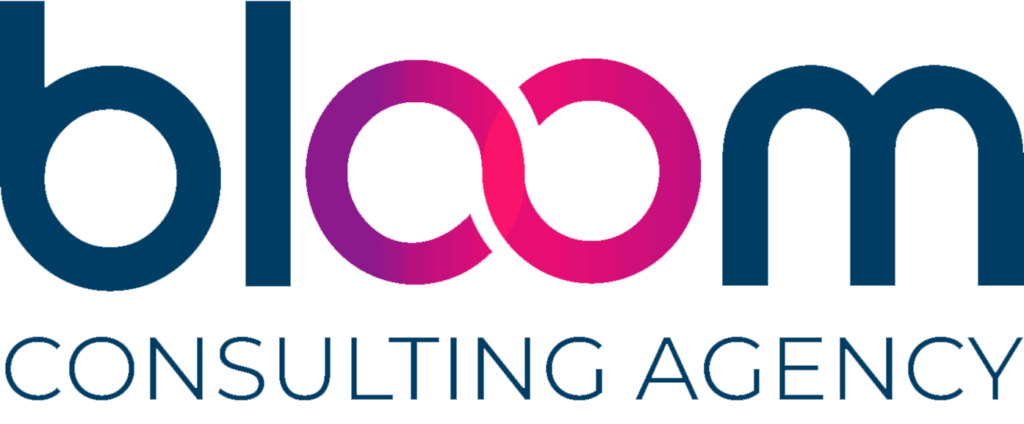Most insurance plans typically cover substance use treatment centers and professional behavioral health services. In the determination of benefits of any insurance plan, insurance verification is an essential component of projecting out-of-pocket costs for a client. With 3 types of billing systems in healthcare, verifying eligibility, covered benefits, copays, deductibles, and out-of-pocket limits for medical, treatment, and behavioral health services is a must.
These 3 types of billing systems in healthcare rely on insurance verification, and without proper training in registration and admissions, problems can delay the revenue cycle from running smoothly. However, many practices and facilities must secure correct protocols to obtain the necessary information. Clients use insurance verification of benefits in making financial decisions on treatment options. Understanding how vital this process is to gear up the revenue cycle will encourage administrators to promote complete understanding and training in this area of expertise.
Understanding Insurance Verification for Healthcare Billing
Insurance verification begins with the registration or admissions department of any medical, behavioral, or substance treatment facility. It’s vital to obtain the current insurance cards and the subscriber’s name on the insurance policy. It’s also mandatory to get the subscriber’s date of birth, and the relationship to the client’s subscriber to submit a claim. When completed successfully, this basic process prevents denials and rejections of claims. Electronic medical record software for billing and healthcare clearinghouses alerts the biller of these errors before claims are accepted and electronically filed to the insurance company.
According to Advanced Data Systems Corporation, ADSC, addiction treatment centers are leaving 20 to 30% of revenue unearned. Cash flow problems cause many treatment centers to close their doors. Soaring patient costs force many clients to leave. The initial fuel of the revenue cycle prevents long days in AR, long bills, denials, and difficulties in collecting from the patient population.
Prior authorization denials will disappear by completing the insurance verification process correctly. Medical, behavioral health, and substance abuse treatment billing is responsible for obtaining prior service authorization. Without checking when verifying insurance if a prior authorization is needed, denials can occur from no prior authorization with most payers allowing a retro authorization. The 3 types of billing systems in healthcare are all held to this standard with commercial payers, and those with military benefits are the most highly regulated.
What is the Insurance Verification Process?
First of all, insurance verification begins with the initial inquiry of a client or patient to schedule an appointment. Then, what is insurance verification protocol for scheduling new patients? Scheduling personnel must identify the patient’s insurance to ensure it is the type of insurance accepted in the facility or practice and ask the potential patient to bring their insurance card to the appointment. Therefore, a simple question reduces the chance that the patient’s insurance is out-of-network, thus being unpayable by the insurance payer.
Secondly, the insurance verification process moves to the day of service, when the registration personnel collects insurance cards and patient demographic information. Each department works for the same goal of clean claims by obtaining correct information regarding the patient. The valid insurance verification of benefits can lead to additional treatment the patient may need and increased revenue for the practice. Clean claims are essential for the 3 types of billing systems in healthcare.
When Is A Claim Ready to Process?
With success, the prior authorization department can advance in obtaining the prior authorization for services. In addition, the authorization number is a piece of data the billing department must include on a claim form. Once the billing department receives all required information, the correct billing codes, diagnosis codes, and documentation, a clean claim is ready to process. Finally, the revenue cycle extends halfway through to achieve acceptable days in AR rate.
The following insurance verification data can cause claim issues:
- Claims will deny or reject if the zip code is not correct on the claim.
- A rejection or denial could appear if the client’s name is not the same as on the insurance card.
- Rejection or denial can occur if the relationship to the subscriber (child, spouse, self, or other) is not on the claim.
- If the effective date of the insurance is before or beyond the date of service, a claim will receive a denial.
- Payers have a list of codes or services that need prior authorizations.
The 3 Types of Billing Systems in Healthcare
Medical billing systems are the critical factor in ensuring timely reimbursement to providers. It can keep the revenue cycle moving accurately and swiftly. For example, errors, denials, and delayed submissions strain the moving revenue cycle and clog up cash flow. Choosing the correct medical billing system to match the needs of the facility or practice is vital for success.
The 3 types of billing systems in healthcare are in the following descriptions:
- The Closed System: The closed medical billing system utilizes digital methods to track health records and better suits a single practice. Electronic medical records software or EMRs contain patient demographic information, procedure codes, diagnoses, and insurance information of each patient. In addition, medical notes stay in this system, within the practice only, replacing paper charts. Finally, insurance verification remains within the software, including insurance type, subscriber, relationship to the subscriber, and effective dates.
- The Open System: The patient’s electronic health record extends through more than one practice or facility. Unlike the closed system, intended for single use only, the open system may be available to many practices and a hospital. The benefit of the open system is a simple method of collaboration for all entities involved in patient care to access the patient’s medical records. Lastly, the health information remains protected and safe, only allowing authorized parties access to data.
- The Isolated System: Much more restricted, the patient interacts with the system and personally maintains their records. The patient adds their insurance information, demographics, and medical treatment information for the use of a carefully maintained billing department.
How Do These Benefit Businesses?
The benefits of the types of medical billing systems in healthcare maintain patient records. the other includes using medical billing practices for the needs and budget of the practice. Electronic medical records systems vary in cost, with the open system being the most expensive.
The more bells and whistles the EMR contains, the higher the performance opportunities and the higher price. Fortunately, excellent medical billing systems can match the needs of a medical, behavioral health, or substance treatment program.
Explore the Insurance Verification Protocols to Ensure Clean Claims in Florida
Bloom Healthcare Consulting in Florida is at your disposal if your facility, behavioral health practice, or medical practice struggles with clean claims. We can also help is foy experience denials and lag times in processing claims. Our staff of professional healthcare experts is familiar with the 3 types of medical billing systems in healthcare and, therefore, can pinpoint the best strategy for your individual needs. We can help to maintain a clear, streamlined protocol in scheduling, registration, and medical billing departments for accurate and efficient insurance verification.
Secure a free consultation for your practice today.









